Introduction
Fried pancakes, a beloved culinary creation enjoyed across continents, bridge simplicity and gourmet satisfaction. From the bustling streets of Beijing, where jianbing vendors whip up savory breakfasts, to the cozy kitchens of Europe, where crêpes and pancakes grace weekend brunches, this humble dish has evolved into a global phenomenon. The art of frying pancakes lies in balancing texture, flavor, and technique—a dance between golden crispiness and tender fluffiness. This comprehensive guide explores the history, science, and creativity behind crafting the perfect fried pancake, ensuring your next batch will be a crowd-pleasing masterpiece.
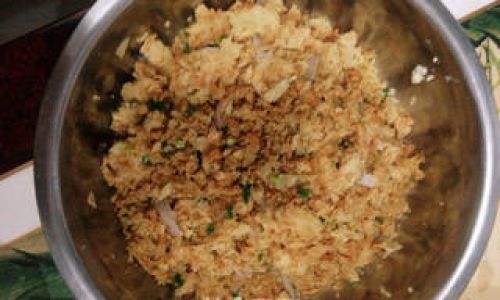
The Origins and Evolution of Fried Pancakes
The story of fried pancakes begins in antiquity, with archaeological evidence suggesting early humans cooked grain-based batters on heated stones. Ancient Greeks savored tagenias, thin cakes cooked on clay griddles, while medieval Europeans embraced oatmeal pancakes during fasting periods. In Asia, the concept of bing—a broad category of unleavened flatbreads—dates back millennia, with fried varieties like jianbing gaining modern fame.
Today, fried pancakes transcend cultural boundaries. In North America, buttermilk pancakes symbolize weekend indulgence, while in India, dosa and chilla showcase lentil and chickpea flour variations. The versatility of this dish lies in its adaptability: sweet, savory, vegan, or gluten-free—there’s a fried pancake for every palate.
Ingredients: Building Blocks of Flavor
Creating the ideal fried pancake starts with selecting quality ingredients. While recipes vary, the core components remain consistent:
- Flour: All-purpose flour is the standard, but alternatives like buckwheat, rice, or chickpea flour cater to dietary needs. For a gluten-free twist, oat or almond flour works wonders.
- Liquid: Water, milk, or plant-based alternatives like almond milk adjust the batter’s consistency. Fermented liquids like buttermilk add tanginess and lift.
- Leavening Agents: Baking powder or baking soda create airiness, while yeast offers a slow-rise, sourdough-like complexity.
- Fats: Melted butter, coconut oil, or vegetable oil enhance richness and prevent sticking.
- Flavor Enhancers: Sugar, vanilla, spices, or herbs elevate the batter. Savory versions may include scallions, cheese, or spices like cumin.
- Fillings and Toppings: From fresh berries and maple syrup to smoked salmon and avocado, the possibilities are endless.
The Science of Batter Consistency
Achieving the perfect batter is both art and science. The ratio of dry to wet ingredients dictates texture:
- Thin Batter: Yields delicate, lacy pancakes ideal for wrapping fillings (e.g., jianbing).
- Thick Batter: Produces fluffy, American-style pancakes.
Pro Tip: For a lump-free batter, whisk dry ingredients separately before gradually incorporating liquids. Let the batter rest 10–15 minutes to hydrate the flour fully, resulting in tender pancakes.
Step-by-Step Cooking Guide
Preparing the Batter
-
Sweet Pancake Batter:
- 1½ cups all-purpose flour
- 2 tbsp sugar
- 1 tsp baking powder
- ½ tsp salt
- 1¼ cups milk (or dairy-free alternative)
- 1 large egg
- 2 tbsp melted butter
- 1 tsp vanilla extract
Whisk dry ingredients, then combine with wet ingredients until smooth.
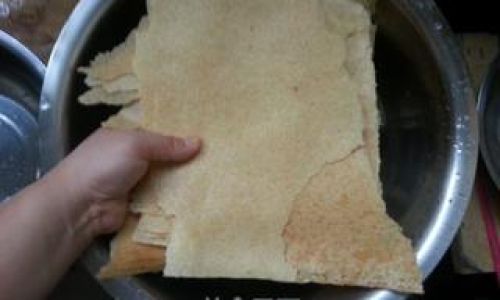
-
Savory Pancake Batter (e.g., Korean pajeon):
- 1 cup rice flour
- ½ cup all-purpose flour
- 1 tsp salt
- 1 cup cold water
- 1 cup sliced scallions
- 1/4 cup diced vegetables (e.g., carrots, zucchini)
Mix flours and salt, gradually add water, then fold in scallions and veggies.
Preheating the Pan
Use a non-stick or cast-iron skillet over medium heat. Lightly grease with oil or butter. Avoid high heat, which risks burning the exterior before cooking the interior.
Pouring the Batter
For small pancakes, use a ¼-cup measure; for larger ones, a ladle. Pour onto the pan, immediately tilting to spread the batter evenly.
Cooking Technique
- Sweet Pancakes: Cook 2–3 minutes until bubbles form on the surface. Flip and cook 1–2 minutes more.
- Savory Pancakes: Cook 4–5 minutes per side, pressing gently with a spatula to ensure crispiness.
Mastering the Flip
A confident flip ensures even cooking. Use a thin spatula to loosen the edges, then swiftly flip. For beginners, sliding the pancake onto a plate and flipping it back into the pan minimizes mess.
Finishing Touches
Keep cooked pancakes warm in a 200°F (93°C) oven while preparing the rest. Brush with melted butter or drizzle with honey for extra flavor.
Advanced Techniques and Variations
Stuffed Pancakes
Elevate your creation by layering fillings between two pancakes. Try:
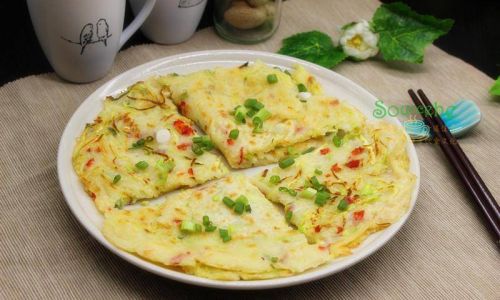
- Nutella and sliced bananas
- Smoked salmon, cream cheese, and dill
- Spicy kimchi and gochujang sauce
Gluten-Free and Vegan Options
- Gluten-Free: Substitute all-purpose flour with a 1:1 blend of rice flour and tapioca starch. Add ½ tsp xanthan gum for structure.
- Vegan: Use flax eggs (1 tbsp ground flax + 3 tbsp water per egg) and almond milk. For buttermilk-like tang, add 1 tsp apple cider vinegar to the milk.
Regional Specialties
- Japanese Okonomiyaki: Mix cabbage, shrimp, and pork into the batter. Top with okonomiyaki sauce, mayo, and bonito flakes.
- Ethiopian Injera: Ferment teff flour for 3 days to achieve its signature sour tang and spongy texture.
- French Crêpes: Use a 1:1 flour-to-liquid ratio for a runny batter. Cook in a crêpe pan for paper-thin results.
Sweet and Savory Sauces
- Sweet: Maple syrup, berry compote, or lemon-sugar dust.
- Savory: Soy-ginger dipping sauce, chili oil, or yogurt-herb dressing.
Troubleshooting Common Issues
-
Soggy Pancakes:
- Cause: Excess moisture in batter or undercooking.
- Fix: Adjust batter consistency by adding 1–2 tbsp flour. Cook at slightly higher heat.
-
Burnt Edges:
- Cause: Pan too hot or uneven heat distribution.
- Fix: Reduce heat to medium-low. Use a heavy-bottomed pan for even cooking.
-
Dense Texture:
- Cause: Overmixing the batter or expired leavening agents.
- Fix: Mix until just combined. Test baking powder by adding it to hot water—it should fizz vigorously.
-
Sticking to the Pan:
- Cause: Insufficient greasing or cold pan.
- Fix: Preheat the pan thoroughly. Use a paper towel to lightly coat with oil before each pancake.
The Role of Oil in Frying
The type of oil impacts flavor and crispiness:
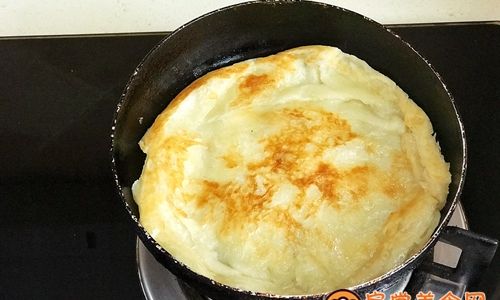
- Neutral Oils: Canola or vegetable oil for a clean taste.
- Flavorful Oils: Sesame oil for Asian-style pancakes or olive oil for Mediterranean variations.
- Butter: Adds richness but burns at high temperatures—use clarified butter for higher smoke points.
Pairing Suggestions
- Sweet Pancakes: Fresh berries, whipped cream, or a side of crispy bacon.
- Savory Pancakes: Pickled vegetables, a fried egg, or a side of miso soup.
- Brunch Spread: Serve with a variety of pancakes, smoked salmon, and a mimosa bar.
Nutritional Profile and Health Benefits
While fried pancakes are indulgent, mindful ingredient choices can boost nutrition:
- Fiber: Use whole-grain flour or add oats.
- Protein: Incorporate Greek yogurt or protein powder into the batter.
- Vegetables: Grate zucchini, carrots, or spinach into savory batters.
A typical pancake (100g) contains approximately:
- Calories: 200–300
- Carbohydrates: 30–40g
- Protein: 5–8g
- Fat: 8–12g
Cultural Significance
Fried pancakes often symbolize celebration. In Russia, blini are served during Maslenitsa, a pre-Lenten festival. In China, jianbing is a beloved street food, while in the U.S., pancake breakfasts are a time-honored tradition. These dishes remind us that food is not just sustenance but a connector of generations and cultures.
Conclusion
Fried pancakes are a canvas for culinary creativity, blending tradition with innovation. Whether you prefer a classic stack drizzled with syrup or a savory pajeon bursting with scallions, mastering the technique opens a world of possibilities. Experiment with flavors, textures, and fillings, and don’t fear the occasional imperfect flip—it’s all part of the journey. So, preheat your pan, gather your ingredients, and let the sizzle of frying pancakes fill your kitchen with warmth and delight. Bon appétit!
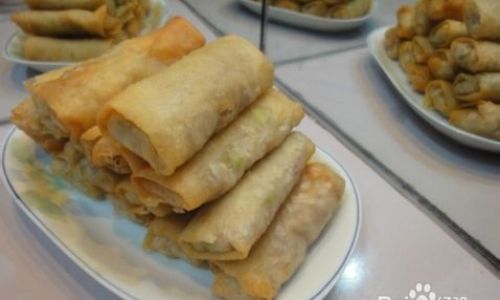
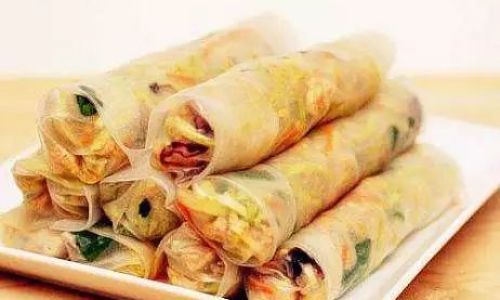
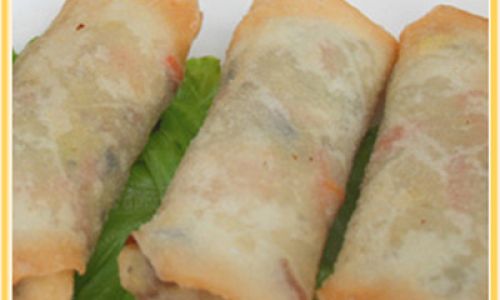
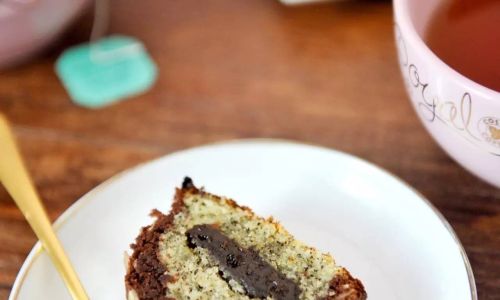
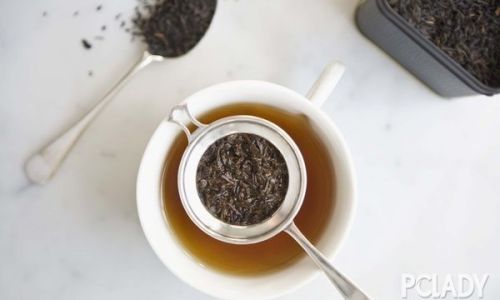

0 comments